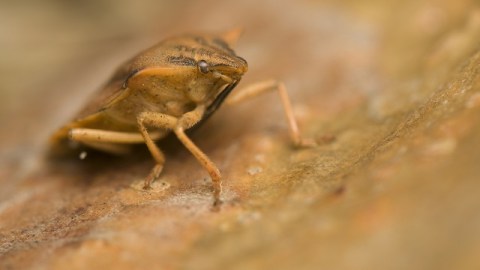Kidney Bean Leaves 1, Bedbugs 0

What’s the Latest Development?
Researchers at the University of California-Irvine and the University of Kentucky in search of a solution to the recent bedbug problem found themselves looking at kidney bean leaves, which had been used in southeastern Europe for centuries. They found that microscopic hairs, called trichomes, impaled the bugs’ legs when they stepped on the leaves. Using the structure as a template, they proceeded to create a synthetic version, which worked to trap the bugs temporarily. More work is needed to perfect the material, which could be a safe and nontoxic alternative to insecticides.
What’s the Big Idea?
Bedbugs have staged a major comeback in recent years, and have made their itchy presence known in all kinds of public and private spaces. In Europe, the kidney bean leaves were left on the floor next to beds, and in the morning they and their captured bugs were gathered up and burned. While the leaves could be used for pest control today, they don’t last long and aren’t as effective on other surfaces besides floors. The researchers’ work was published this week in Journal of the Royal Society Interface.
Photo Credit: Shutterstock.com





